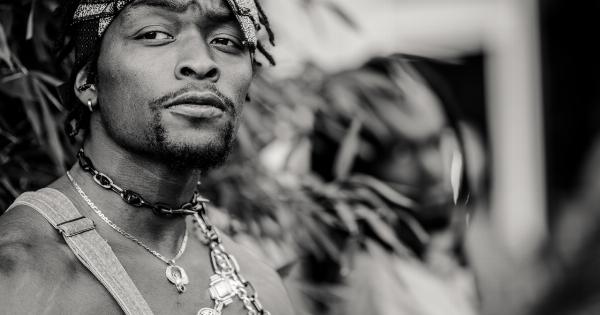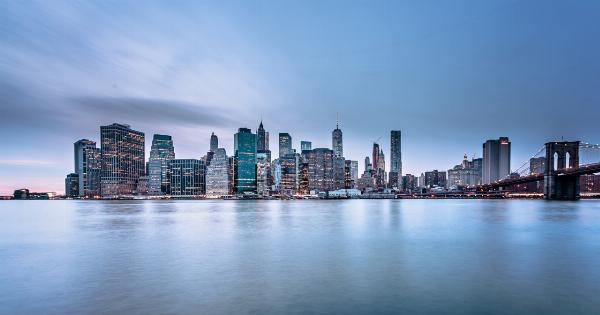Stretch marks are an unwarranted indication of vulnerability and human fragility in a world that values perfection and flawless skin. Although they are a common occurrence, the society has not made room for them in the larger conversation.
The media, in particular, perpetuates the stereotype that stretch marks are exclusively a women’s issue, leaving men suffering in silence. This singular representation has led to a lack of understanding among men, many of whom feel ashamed and embarrassed by their skin’s crease-like lines.
This article will explore the phenomenon of stretch marks among males and the effect on their body image.
What are stretch marks?
Stretch marks are narrow creases or lines that develop on the surface of the skin, especially in areas of the body that rapidly undergo physical changes.
They occur when the skin stretches or shrinks too quickly, causing the elastic fibers underneath it to break. The outer layers of the skin do not suffer injury as the inner layers, causing the skin to appear creased or stretched. These creases usually appear on the abdomen, upper arms, thighs, buttocks, and lower back, among other areas of the body.
Causes of stretch marks in males
Traditionally, stretch marks have been associated with pregnancy and weight fluctuations, even though men also suffer from stretch marks. Bodybuilding, more than any other endeavor, exposes men to the possibility of developing stretch marks.
Weightlifting and intense exercise cause the muscles to expand rapidly, leading to an increase in the mass and diameter of the underlying muscles under the skin. The skin, however, is unable to keep up with the pace, leading to breakage in the elastin fibers, which results in stretch marks.
Other factors that contribute to sudden weight gain in men include hormonal imbalances, use of steroids and growth hormones, and genetics.
A significant number of men experience stretch marks during the pubescent phase, where the body undergoes rapid changes, including an increase in height and broadening of the shoulders and chest.
Why do stretch marks affect male body image?
Stretch marks have a deep impact on an individual’s self-esteem and body image. Many men who suffer from stretch marks feel a sense of shame and embarrassment.
The media has only recently started to portray men with stretch marks, but often the images show unrealistic men with bulging muscles who appear ‘perfect’ even with their stretch marks. This leaves men feeling inadequate, and a sense of failure, especially since the conventional image of masculine beauty is a man with chiseled abs and strong biceps.
In effect, stretch marks in men represent a lack of muscular perfection, which affects their masculine identity.
Many men have reported feeling less attractive and masculine as a result of their stretch marks, at times leading to severe anxiety and depression. It is essential to recognize that the stigma of stretch marks in men can cause shame and ridicule, even though this is an issue that affects many males.
Managing stretch marks in males
Stretch marks are not a sign of poor health and cannot be prevented completely. However, some measures can be taken to reduce the risk of developing stretch marks. These measures include:.
- Maintaining a healthy lifestyle, physical exercise and a balanced diet
- Keeping well hydrated to help maintain skin elasticity and suppleness
- Applying creams such as retinol creams to reduce the appearance of stretch marks
- Wearing sunblock to protect the skin from UV radiation which can make stretch marks more visible
It is worth noting that the measures listed above cannot prevent stretch marks completely, and that they are normal and nothing to be ashamed of. Therefore, a more practical way to manage stretch marks in males is to accept them as a natural occurrence.
Accepting one’s stretch marks is an essential step towards building self-esteem and a healthy body image. Men should strive to embrace their stretch marks as a sign of resilience and strength, instead of a weakness.
The future of body positivity and male stretch marks
The commodification of perfection can be disheartening, and it is easy to understand why many individuals may feel trapped, judged, and inadequate. However, the future of male body image is changing, and with it, the conversation around stretch marks.
Consumers have begun to demand authenticity in marketing, and the media is slowly responding with more inclusive and realistic portrayals of body size and shape.
In conclusion, stretch marks in men are not a sign of weakness. It is crucial to recognize that stretch marks affect men as well as women, and that there is nothing wrong with having them.
Men should strive towards self-acceptance and confidence in their bodies, irrespective of whether or not they have stretch marks. The future of male body image is fluid, and as long as we continue to embrace authenticity, the culture of acceptance will grow.































